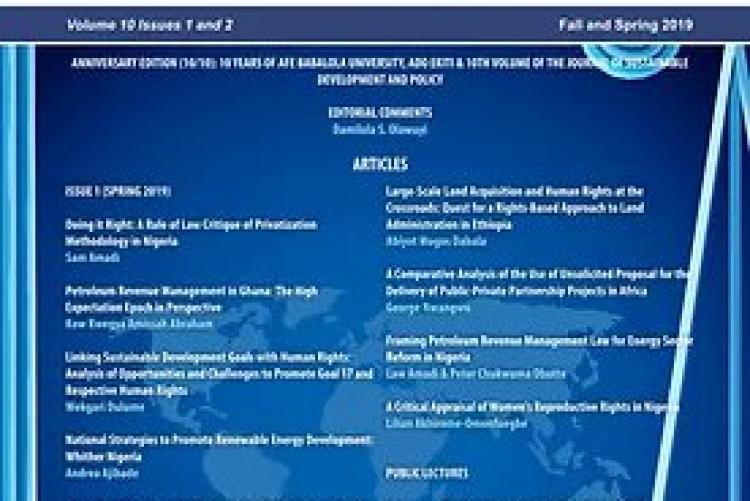Prof. Collins Odote, Prof Stephen Anyango and Hannah Wamuyu have published a publication addressing a critical issue in contemporary times
The publication discusses how pollution victims in Kenya can overcome the causation dilemma in order to be compensated for their injuries.
Environmental degradation is at an unprecedented level in the world. One of the most common causes of environmental degradation is pollution, which leaves pollutants in the environment. Pollutants in the environment cause many illnesses in humans and therefore affect the environmental ability to support a healthy life.
Toxic torts result from environmental pollution in many ways. Water, air and land pollution are the most common forms of pollution in Kenya.
Water pollution is the introduction of chemical, physical, or biological substances into freshwater or seawater that reduces water quality and affects the organisms that inhabit it. Most of the country's water sources are degraded due to unsustainable land and water usage practices such as industrial pollution and human waste. The effects of this pollution have a negative impact on human health and the environment.
Air pollution causes the accumulation of substances in the atmosphere and, at sufficient concentrations, endangers human health and the environment. Air pollution is a major cause of respiratory illnesses such as lung cancer, pulmonary heart disease and bronchitis.
Soil pollution is another major type of pollution in Kenya, with the consequences of the disease. It is the deterioration of the earth's land surface, which can result from poor agricultural practices, mineral development, industrial waste dumping, oil spills, and land abuse due to indiscriminate disposal of urban solid waste. In order to protect people, animals and plants, soil, water resources, and the atmosphere from the harmful environmental impacts of pollution, environmental protection measures are indispensable and compensate for environmental damage
The article was published in the Journal of Sustainable Development Law and Policy.

